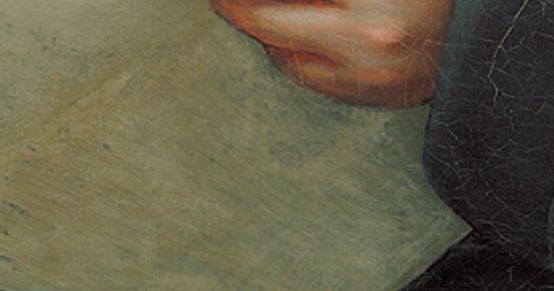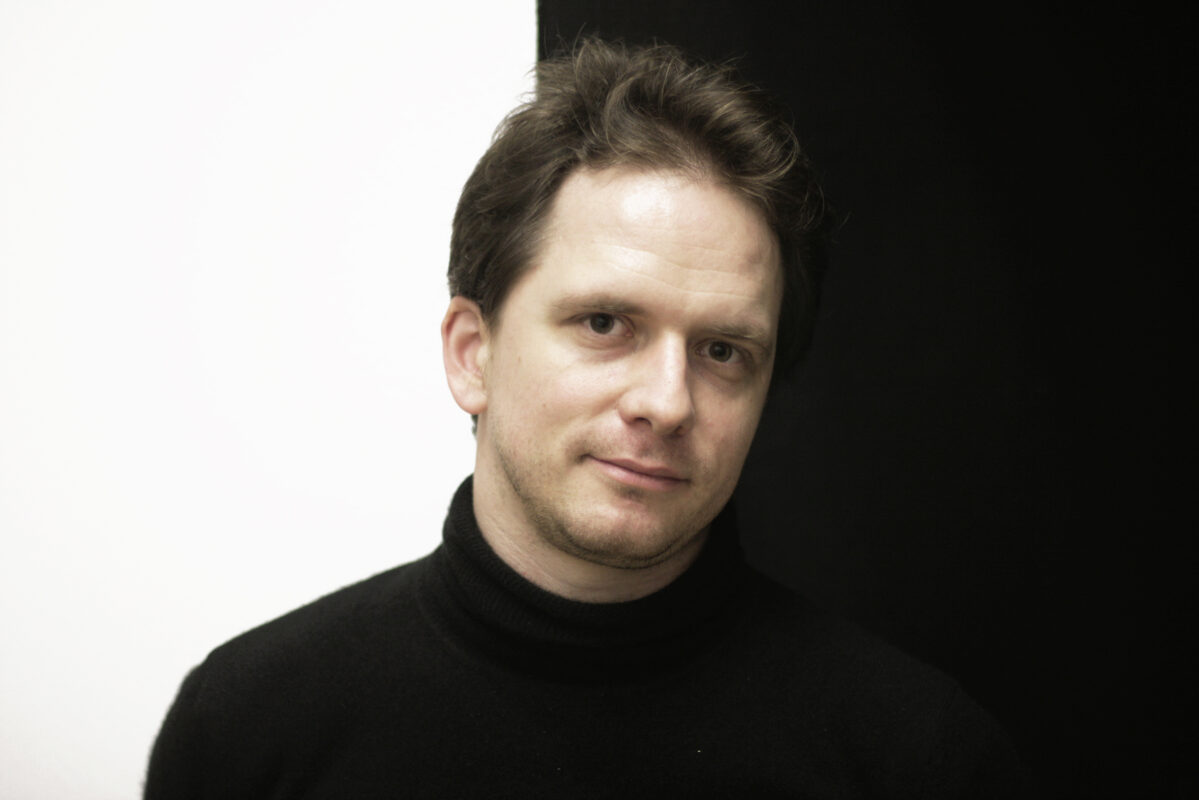Gassenhauer Trio
Every Friday, Beethoven is here. To mark the 250th anniversary of Beethoven's birth, each week the Swiss Music Review takes a look at a different work from his catalog. Today, the piano trio in B flat major, Op. 11.

In an age when people tend to go out with headphones in their ears rather than humming or whistling a tune themselves, we can no longer really use the pretty German word "Gassenhauer" (street tune) to describe a popular tune. Today, the popularity of a song is determined by the charts, but in the past, it was in the street that a tune could become famous, when it was hummed or whistled by passers-by. In the decades leading up to the 19th century, many composers liked to take up these well-known melodies, wrote numerous arrangements and variations (mainly for piano) and were well paid by publishers. Joseph Gelinek (1758-1825) was known as the "king of variations" in his day. Beethoven, on the other hand, was more cautious in this area.
Such variations are rarely found in chamber music scores, but they are in the finale of the Piano Trio in B-flat major, Op. 11, with clarinet (instead of violin). The theme here is "Pria ch'io l'impegno", a melody from the opera L'amor marinaro ossia Il corsaro (L'amour marin ou le corsaire) by Joseph Weigl (1766-1846), premiered on October 15, 1797 at Vienna's Burgtheater. In this case, however, it was probably not just the rousing music that contributed to its rapid spread, especially as it comes not from an aria or canzonetta, but from a trio (at the start of the second act) between the captain, his servant Pasquale and Cisofautte, a chapel master who knew how to set priorities: "But before I can / Show them I'm a master / I must eat first / Then they'll see / What I'm capable of / When from the heights / Down to the depths / My hollow belly / Sounds so clear. " Popular language is not far off with "An empty stomach / Doesn't jump well".
Although it has not remained popular to the present day, "Pria ch'io l'impegno" has inspired many contemporaries to write variations, fantasias and other pieces - in addition to works by Joseph Eybler, Johann Nepomuk Hummel, Joseph Wölfl and Friedrich Kalkbrenner, Nicolò Paganini wrote a "Pria ch'io l'impegno" on this tune. Sonata con Variazioni op. 29 for violin with orchestral accompaniment. And as late as 1832, a certain H. W. Stolze published a set of variations for piano and cello op. 6. Weigl's melody ultimately survived only in Beethoven's composition - which is now itself (and not quite correctly) called the Gassenhauer Trio.
Under a slightly modified opera title, the libretto (Italian/German) was also published in Dresden in 1798, with the "Gassenhauer" on p. 118/119 (scan 122/123). Link to the booklet.
Aufnahme auf idagio
Keeping in touch
A weekly newsletter reveals the latest column on line. You can subscribe by entering your e-mail address below, or by subscribing to our RSS feed.








